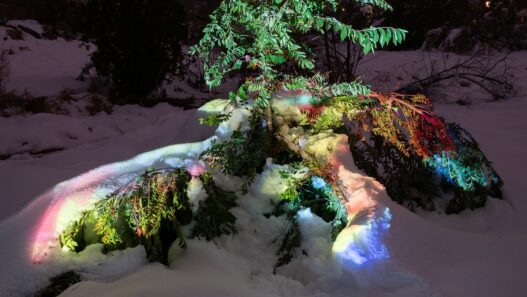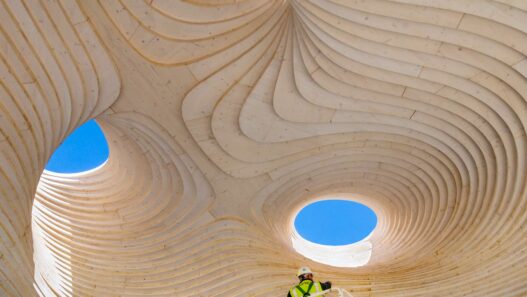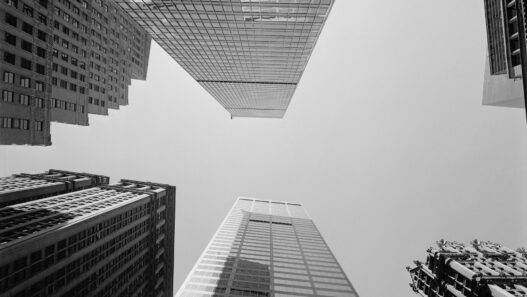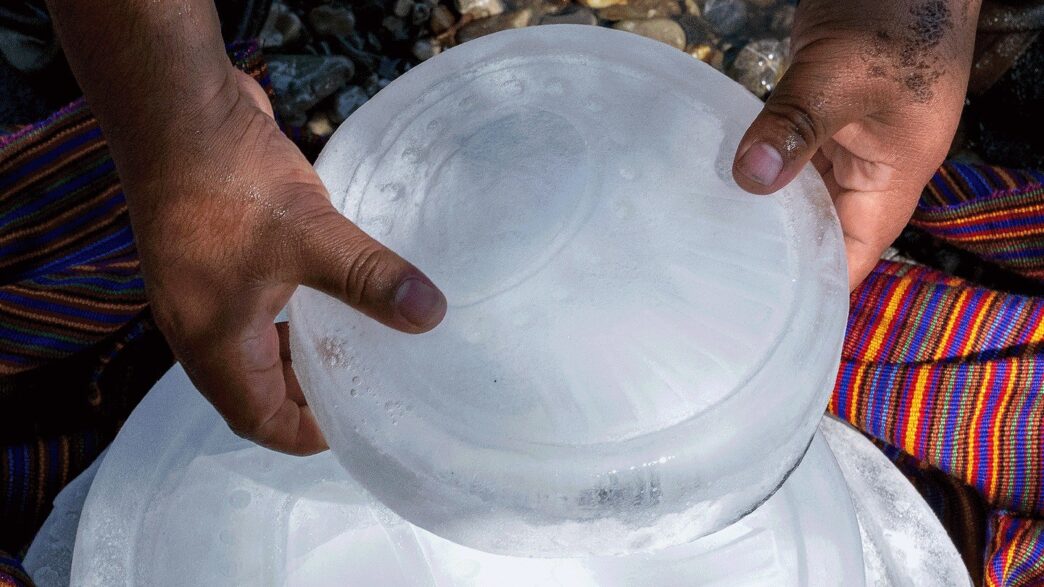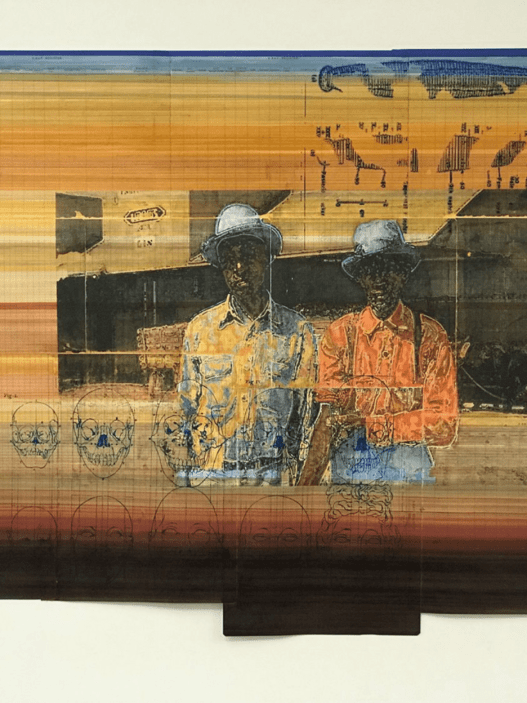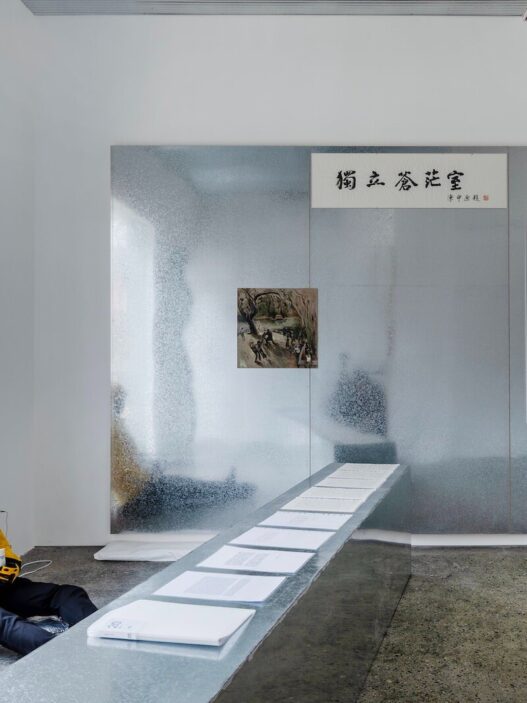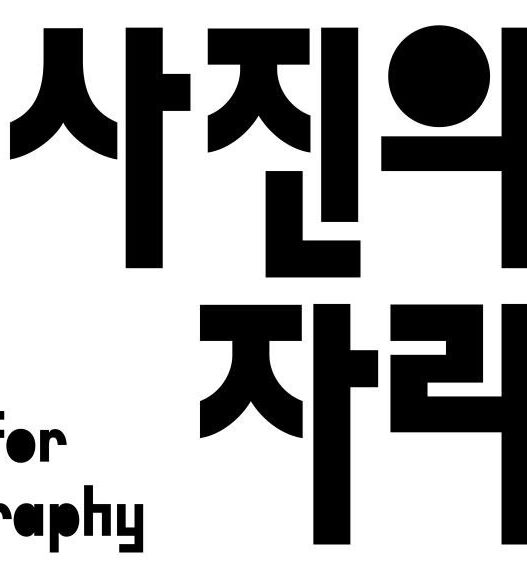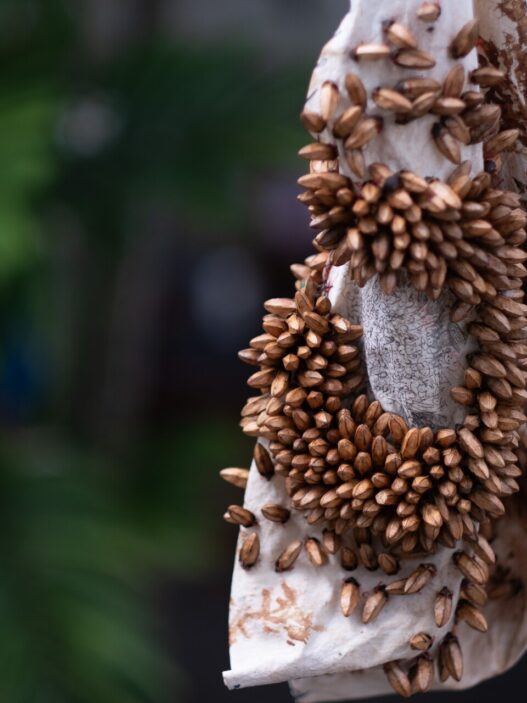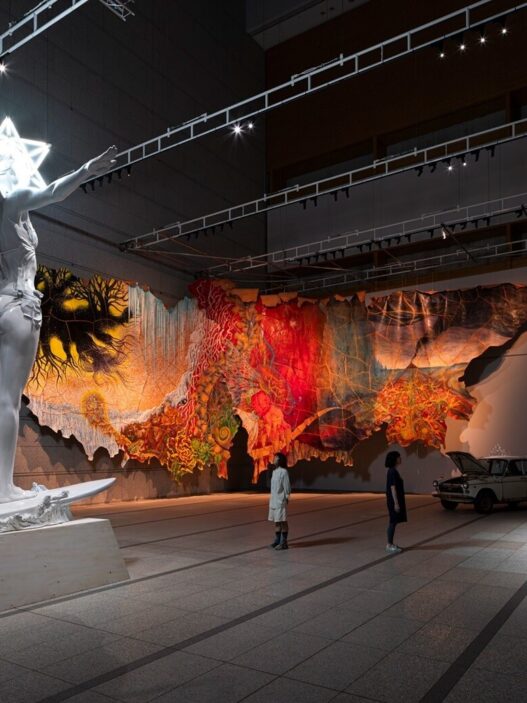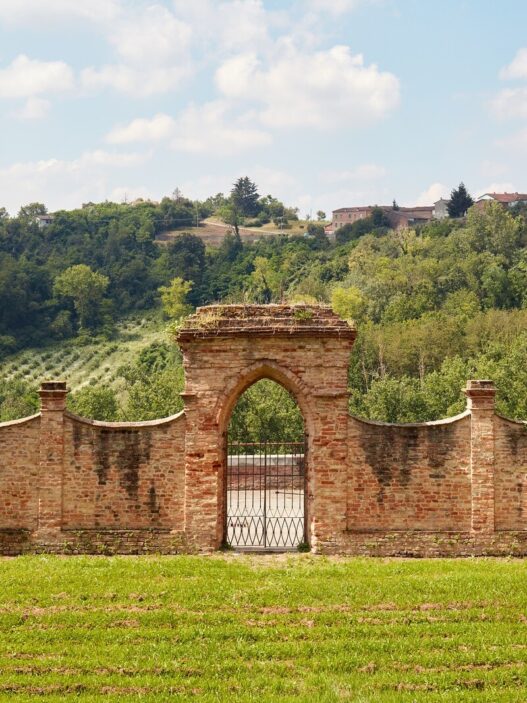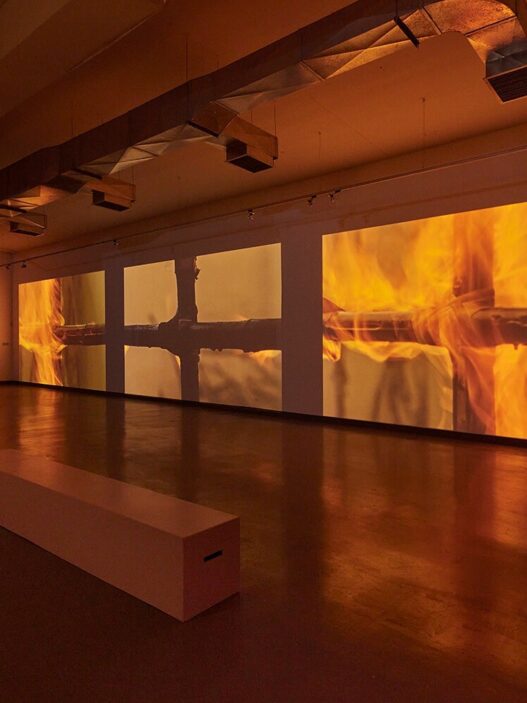Edgar Calel: Ni Musmut (It’s Breezing)
Åsa Elzén: Notes on a Fallow—The Fogelstad Group and Earth
August 30, 2024–January 5, 2025
Bergen Kunsthall is set to host a remarkable dual exhibition, featuring works by Edgar Calel and Åsa Elzén, from August 30, 2024, to January 5, 2025. This extensive presentation marks Calel’s first solo exhibition in Europe, while Elzén’s work continues her exploration of the Fogelstad Group’s feminist and ecological legacy.
Edgar Calel: Honoring Mayan Kaqchikel Heritage
Guatemalan artist Edgar Calel brings the spirituality and traditions of his Mayan Kaqchikel heritage to the forefront in his exhibition, “Ni Musmut (It’s Breezing).” Born in Chi Xot—San Juan Comalapa in 1987, Calel has emerged as a leading figure in Latin American institutional critique. His work is known for challenging Western conventions, particularly in relation to concepts of permanence, and for his deep connection to the earth and its elements.
Calel’s exhibition at Bergen Kunsthall is a continuation of his engagement with Mayan Kaqchikel cosmovision, offering visitors an immersive experience that bridges cultural practices across different contexts. Central to the exhibition is a large-scale installation of soil, rock, and fire, representing a site for “jun k’obomanik,” a ritual of giving thanks through offerings. This installation, with its hanging stones and a series of 76 ceramic pots filled with water and flower petals, is titled “Oyonik (The Calling).” The pots are accompanied by wooden sticks, alluding to traditional cultural practices that Calel integrates into a contemporary art setting.
A daily ritual will be performed in the exhibition space, where candles are lit under the rocks, symbolizing a dialogue between the artist, the Bergen Kunsthall team, and ancestral practitioners. This act of devotion within the institutional space reflects Calel’s commitment to opening up traditional practices to broader audiences while maintaining respect for their origins.
In addition to the central installation, Calel presents a new wall-scale embroidery work depicting his family home, created in collaboration with his relatives. This piece establishes a direct connection between the personal and the institutional, blurring the lines between home and exhibition space. A selection of artworks by Calel’s artistic community and family further enriches the exhibition, unified by the theme of the garden as a place of growth and cultural significance.
Åsa Elzén: Revisiting the Fogelstad Group’s Radical Legacy
Running parallel to Calel’s exhibition, Åsa Elzén’s “Notes on a Fallow—The Fogelstad Group and Earth” delves into the legacy of the Fogelstad Group, a pioneering feminist collective that operated the Women Citizens’ School at Fogelstad between 1925 and 1954. Elzén, born in Visby, Sweden in 1972, has long been fascinated by the group’s radical approaches to land ownership, ecological practices, and feminist politics.
At the heart of Elzén’s exhibition is “Transcript of a Fallow,” a large carpet displayed on a podium where visitors are invited to walk and sit without shoes. This carpet is a re-creation of “En Träda (A Fallow),” originally made by Maja and Amelie Fjæstad in 1919–20. The work serves as the centerpiece of Elzén’s ongoing project, which blurs the boundaries between historical documentation and contemporary art, as she explores the Fogelstad Group’s ideas on ecology and resilience.
The exhibition also features “A Growing Fallow Archive,” which includes materials related to the original carpet, accompanied by an audio piece that offers excerpts from texts on fallow land and the history of the carpet’s creation. A video installation presents quotes from legal documents concerning ownership rights, adding a critical dimension to the exploration of land tenure and ecological stewardship. The project is further enriched by a series of photographs by Axel Fredriksson, documenting daily life on the farm, alongside objects related to the archival history of “En Träda (A Fallow).”
Elzén’s work is not only a tribute to the Fogelstad Group but also a call to action, urging contemporary audiences to reconsider the ways in which land, ecology, and feminist principles intersect. Her collaboration with Malin Arnell on “Forest Calling—A Never-ending Contaminated Collaboration or Dancing is a Form of Forest Knowledge,” a public art commission supported by Public Art Agency Sweden, exemplifies her commitment to these themes.
Bergen Kunsthall’s dual exhibition offers a profound exploration of cultural heritage and ecological legacy, inviting viewers to engage with the spiritual and political dimensions of Calel’s and Elzén’s work. Through their respective practices, both artists challenge conventional narratives and open up new possibilities for understanding and preserving cultural and ecological histories.
Bergen Kunsthall
Rasmus Meyers allé 5
5015 Bergen
Norway


